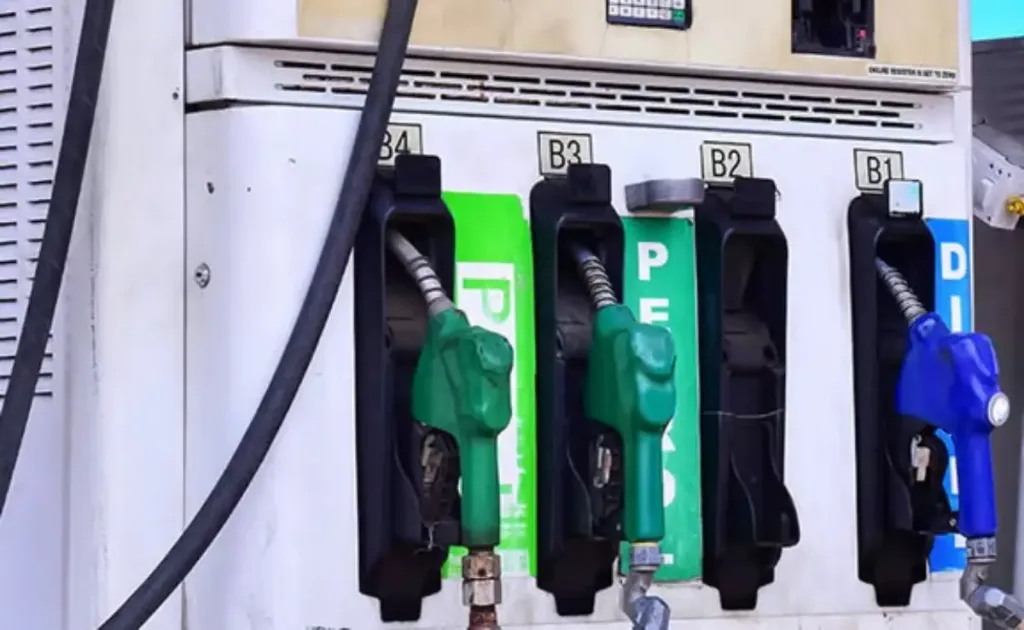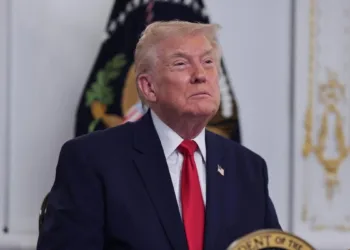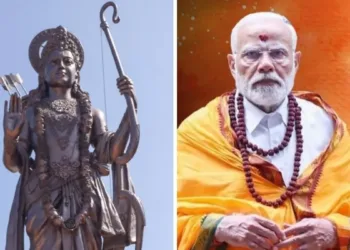In a move that has raised eyebrows across the nation, the Modi government has increased the excise duty on petrol and diesel by Rs 2 per litre, despite global crude oil prices showing a consistent downward trend. This strategic fiscal decision, announced on April 7, 2025, comes at a time when many citizens were anticipating potential fuel price reductions rather than tax increases. What’s behind this seemingly counterintuitive policy decision, and how does it fit into the government’s broader economic strategy?
Table of Contents
Why Modi Govt Increased Petrol Diesel Excise Duty Despite Falling Oil Prices
The government’s decision to raise excise duty on petroleum products comes against the backdrop of several significant economic and fiscal developments. According to official statements, this move is primarily aimed at bolstering government revenues following the tax relief measures announced in the Union Budget 2025. Finance Minister Nirmala Sitharaman had previously slashed personal income tax rates for the middle class, creating a noticeable gap in the government’s direct tax revenue projections.
Additionally, the recent scrapping of windfall taxes had provided substantial relief to oil companies like Reliance Industries and Nayera, further impacting the government’s revenue stream. This excise duty increase appears to be a calculated measure to offset these financial adjustments while capitalizing on the favorable global oil price environment.
Oil Minister Hardeep Singh Puri has emphasized that consumers won’t bear the additional cost of the excise duty hike. However, LPG cylinder prices are set to increase by Rs 50 per cylinder starting immediately. The minister also hinted at a potential future reduction in fuel prices if the current trend of low global crude prices continues, stating, “If this trend continues, there is reasonable expectation of a fuel price cut.”
The Revenue Strategy Behind the Excise Duty Increase
According to sources familiar with the matter, the additional revenue generated from this excise duty hike will serve two primary purposes:
- Contribute to the general revenue pool to compensate for recent tax concessions
- Help reimburse oil marketing companies for LPG-related losses
This approach allows the government to maintain fiscal discipline while continuing to fund capital expenditure projects crucial for economic growth and infrastructure development.
Historical Pattern: Modi Government’s Fuel Tax Policy Since 2014
The current excise duty increase is not without precedent. A look at the Modi government’s historical approach to fuel taxation reveals a consistent pattern of adjusting excise duties in response to global oil price fluctuations:
| Period | Action | Impact |
|---|---|---|
| Nov 2014 – Jan 2016 | Raised excise duty nine times | Excise collections jumped from Rs 99,000 crore to Rs 2.42 lakh crore |
| Oct 2017 | Cut excise duty by Rs 2 per litre | Response to rising global prices |
| Oct 2018 | Cut duty by Rs 1.50 per litre | Further adjustment to global trends |
| July 2019 | Increased duty by Rs 2 per litre | Reversed previous cuts as global prices moderated |
| March 2020 | Hiked duty by Rs 3 per litre | Capitalized on historic oil price crash |
| May 2020 | Further increased by Rs 13 (petrol) and Rs 16 (diesel) | Unprecedented opportunity during COVID-induced price collapse |
| 2020-2022 | Gradual rollback of increases | Response to surging global crude prices |
| Pre-2024 Elections | Reduced prices by Rs 2 per litre | Pre-election relief measure |
| April 2025 | Increased excise duty by Rs 2 per litre | Current adjustment despite falling global prices |
This timeline demonstrates the government’s flexible approach to fuel taxation, with a clear tendency to increase duties during periods of low global oil prices and provide relief when international prices surge. Critics argue that this strategy has prevented consumers from fully benefiting from falling global oil prices, while supporters view it as prudent fiscal management that helps fund development projects.
Balancing Government Revenue and Consumer Interest
The government’s approach to fuel taxation involves a delicate balancing act between multiple competing interests:
- Revenue Generation: Fuel taxes represent a significant and reliable source of government income
- Infrastructure Development: A portion of fuel taxes funds road construction and infrastructure projects
- Inflation Management: Keeping fuel prices stable helps control inflation in the broader economy
- Consumer Welfare: Protecting consumers from extreme price volatility while ensuring energy affordability
This latest excise duty increase reflects the government’s continued prioritization of revenue generation and fiscal stability, especially following tax concessions in other areas. However, the minister’s hint at potential future price reductions suggests awareness of the need to eventually pass on some benefits of lower global prices to consumers.

Global Oil Price Trends and Their Impact on India
The current increase in excise duty comes against the backdrop of falling global crude oil prices. International benchmark Brent crude has been trading below $75 per barrel, a significant decrease from its previous highs. This creates an opportunity for the government to increase its revenue share without immediately passing the additional burden to consumers.
India, which imports over 80% of its crude oil requirements, is highly sensitive to global price fluctuations. The government’s approach has been to use the taxation mechanism as a buffer, absorbing some of the volatility and ensuring more stable domestic prices regardless of international market movements.
The “Wait and Watch” Approach to Fuel Pricing
Oil Minister Hardeep Singh Puri’s comments about potential future price reductions suggest a “wait and watch” approach. The government appears to be monitoring whether the current downward trend in global oil prices will persist before making decisions about passing on benefits to consumers.
This cautious approach reflects the unpredictable nature of global oil markets and the government’s desire to avoid frequent price adjustments that could create economic uncertainty. By maintaining a buffer through taxation, the government retains flexibility to respond to future price increases without immediately burdening consumers.
Conclusion: Strategic Fiscal Management or Missed Opportunity?
The Modi government’s decision to increase excise duty on petrol and diesel despite falling global oil prices represents a continuation of its strategic approach to fuel taxation. While critics may view this as a missed opportunity to provide immediate relief to consumers, supporters see it as prudent fiscal management that strengthens government finances while maintaining stable fuel prices.
As global oil markets continue to evolve and domestic economic priorities shift, the government’s fuel taxation policy will likely remain dynamic. Oil Minister Puri’s hint at potential future price reductions suggests that if favorable global price trends continue, some benefits may eventually reach consumers. For now, the focus appears to be on consolidating fiscal positions and ensuring stable revenue streams following recent tax concessions in other areas.
FAQs About the Petrol Diesel Excise Duty Increase
Will the recent Rs 2 per litre excise duty increase affect consumer prices for petrol and diesel?
According to government statements, the additional cost won’t be passed on to consumers at this time, so retail prices should remain unchanged despite the excise duty increase.
Why is the government increasing excise duty when global oil prices are falling?
The government is using this opportunity to bolster its revenue following tax concessions in the Union Budget 2025 and the scrapping of windfall taxes on oil companies.
Has the Modi government followed this pattern of increasing taxes when oil prices fall before?
Yes, between November 2014 and January 2016, the government raised excise duty nine times during a period of falling global oil prices, increasing collections from Rs 99,000 crore to Rs 2.42 lakh crore.
Will fuel prices be reduced in the future if global oil prices remain low?
Oil Minister Hardeep Singh Puri has indicated that there is a “reasonable expectation” of fuel price cuts if the current trend of low global crude prices continues.
How much additional revenue will the government generate from this excise duty increase?
While the exact figure wasn’t specified in the announcement, excise duty on petroleum products is a significant revenue source, and a Rs 2 per litre increase across the country’s massive consumption base will generate substantial additional funds.








